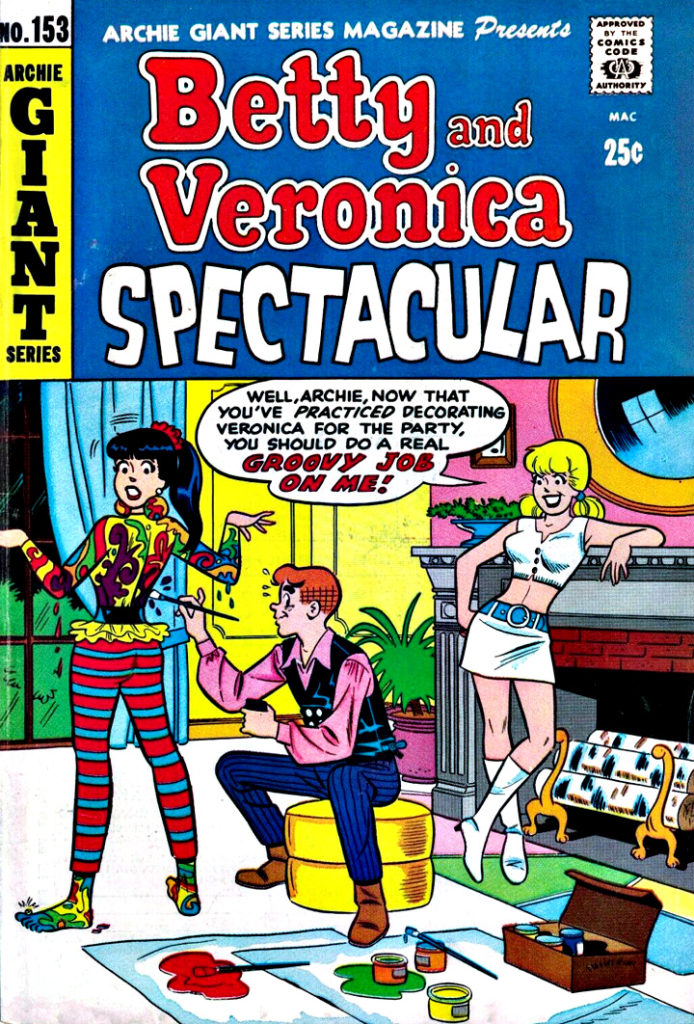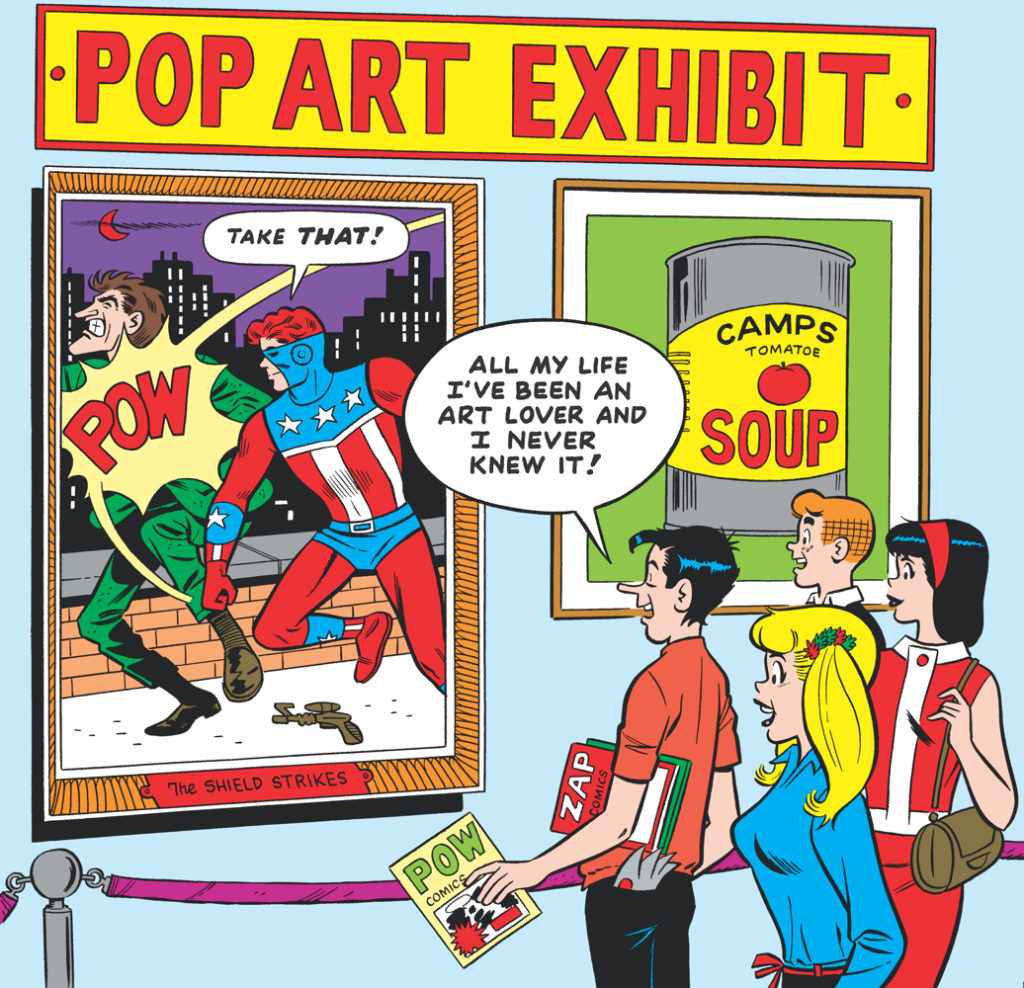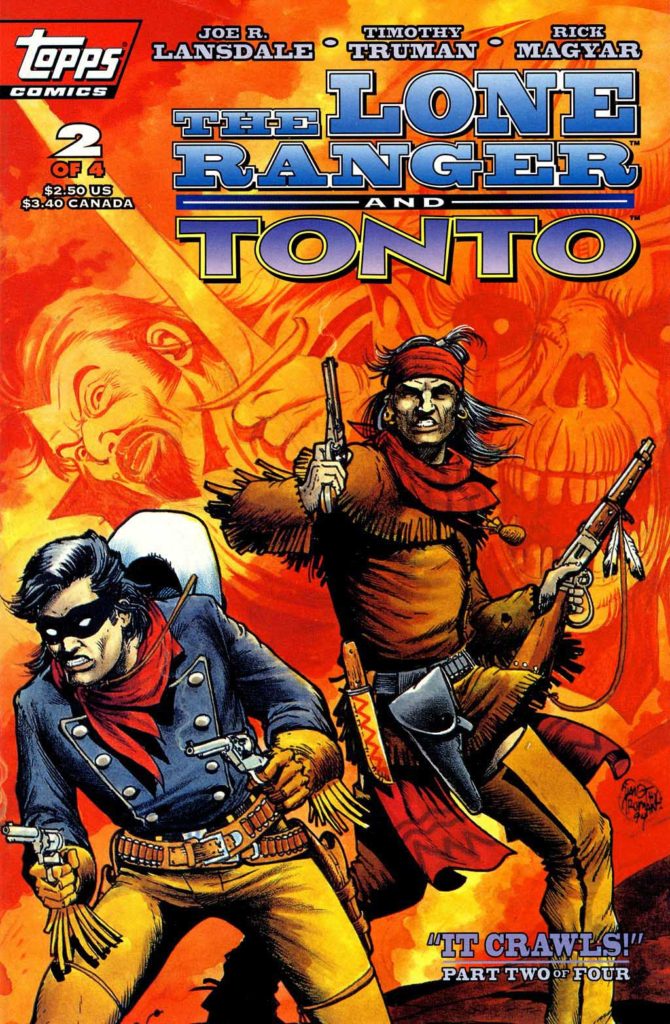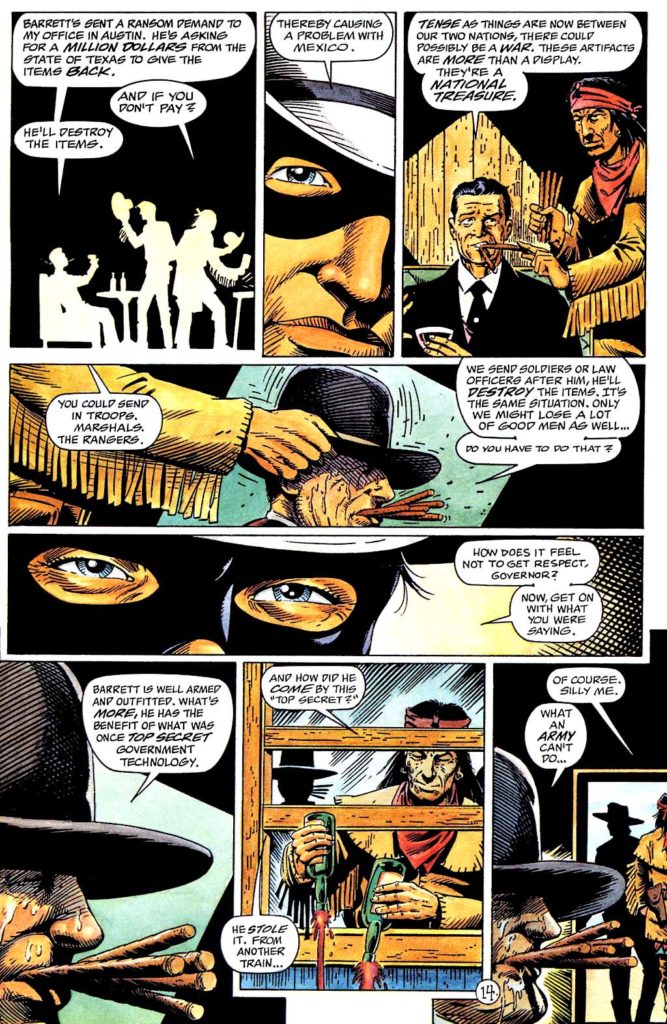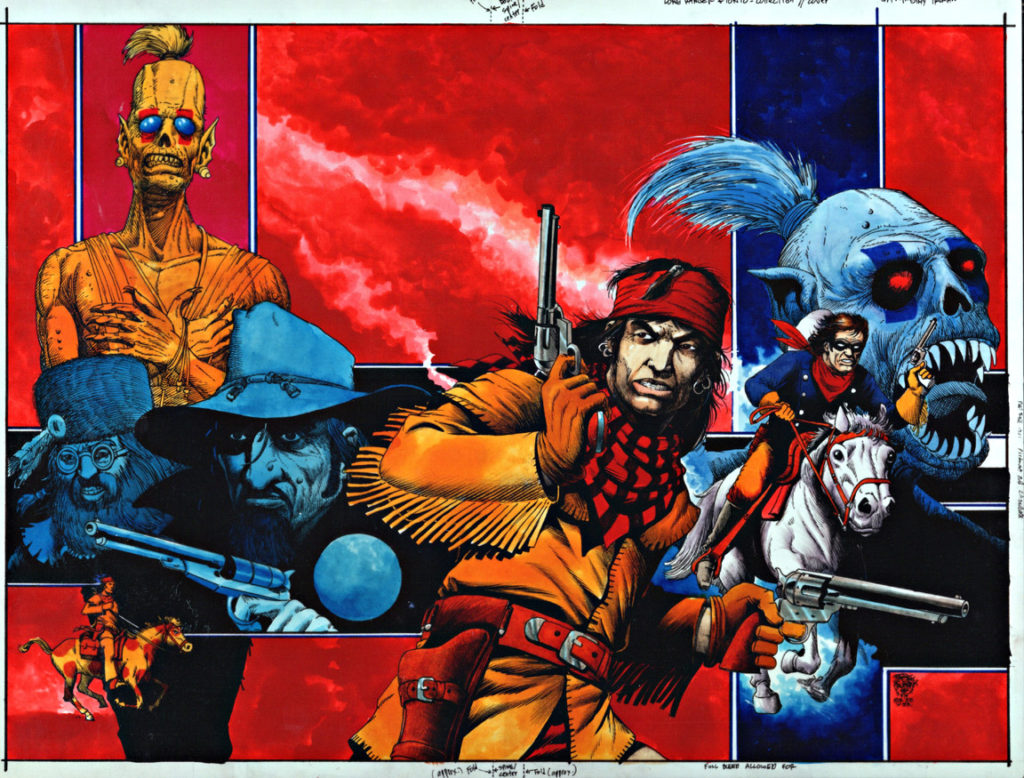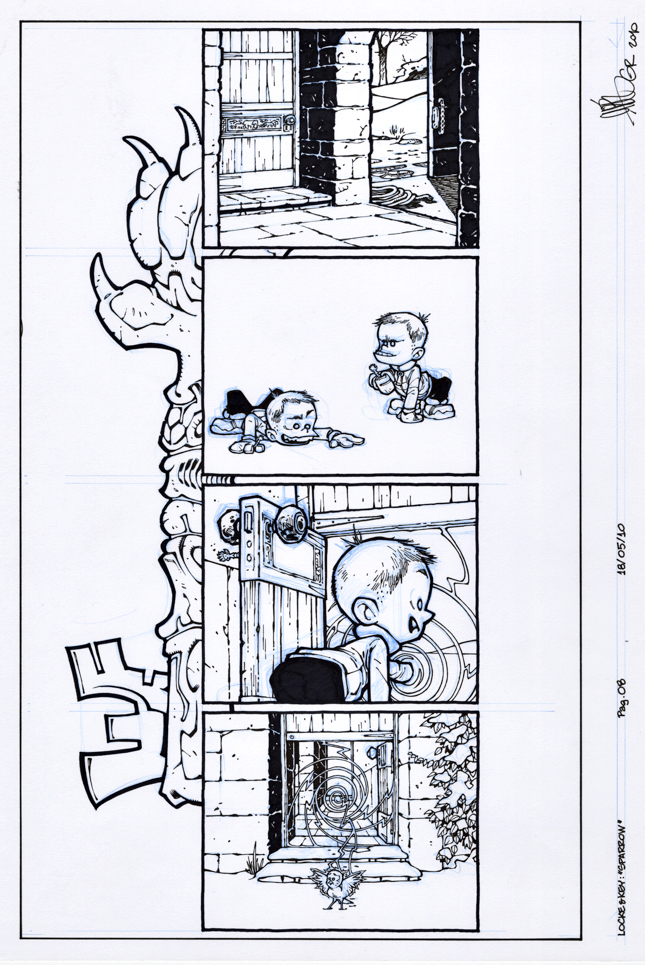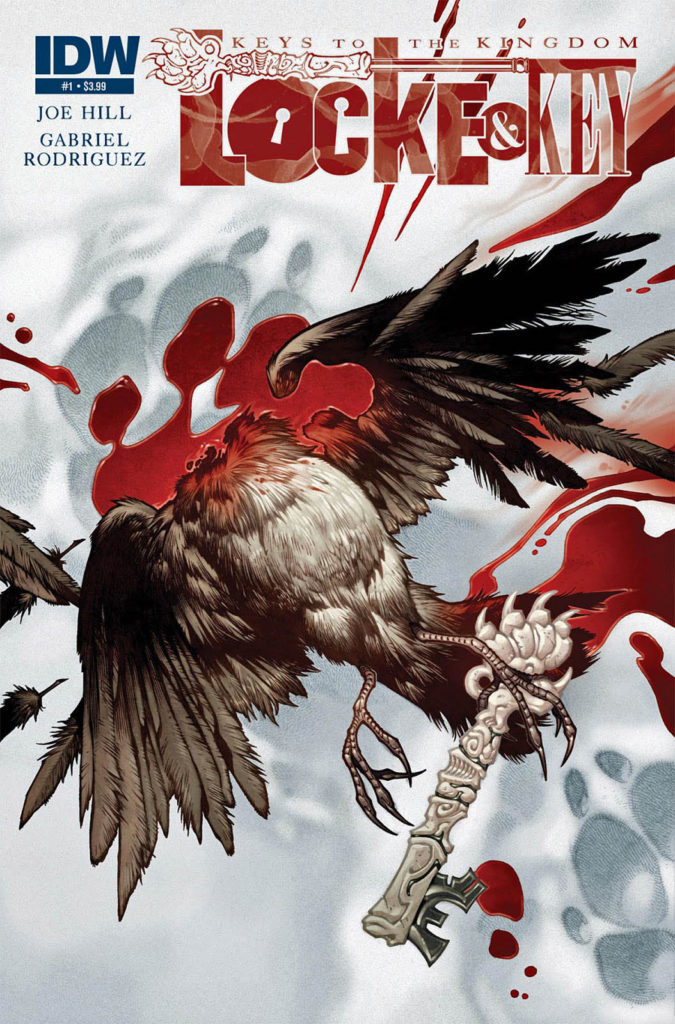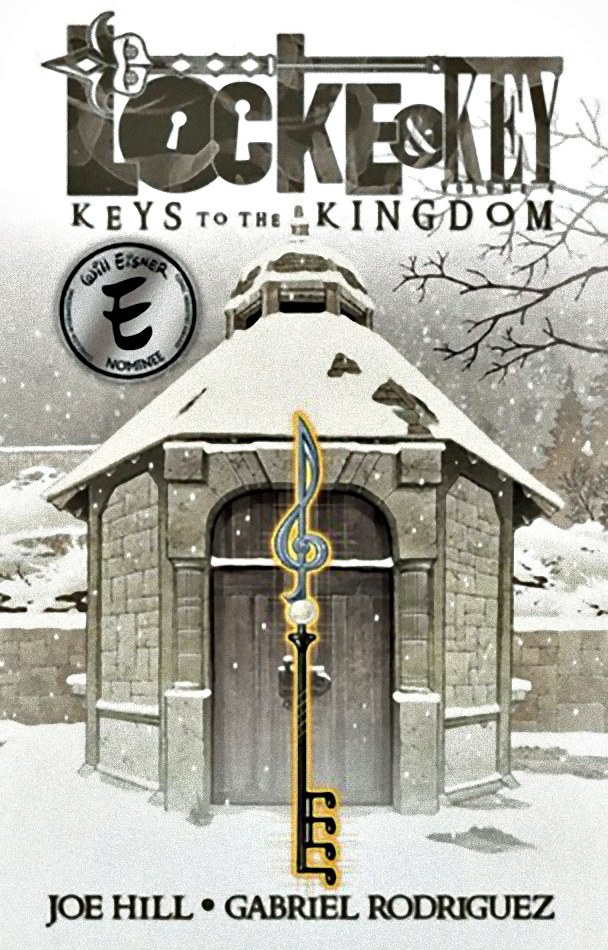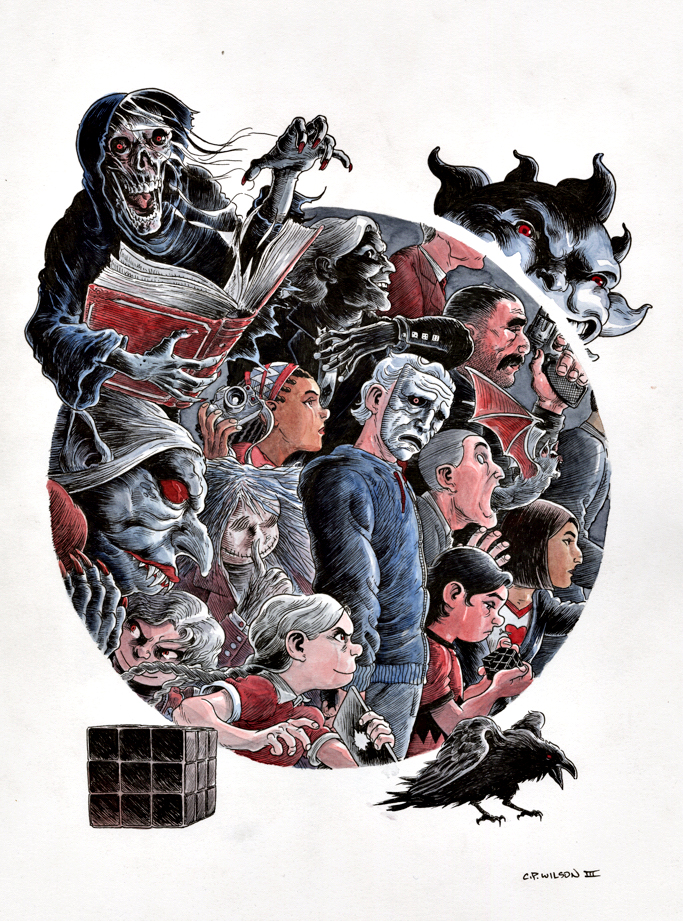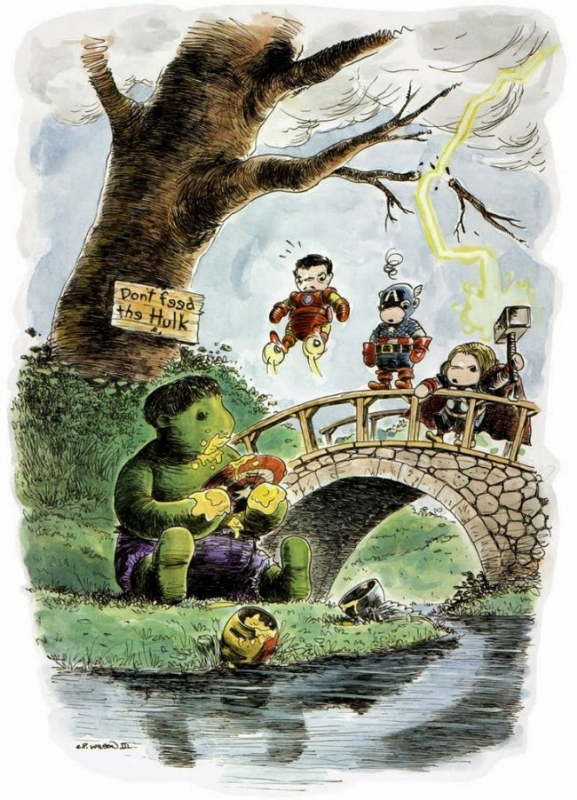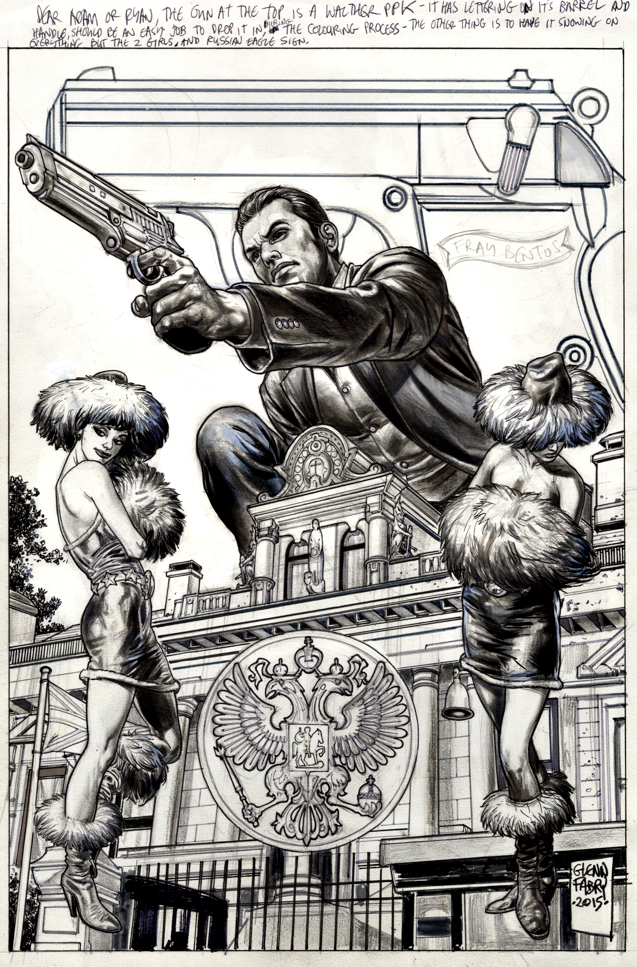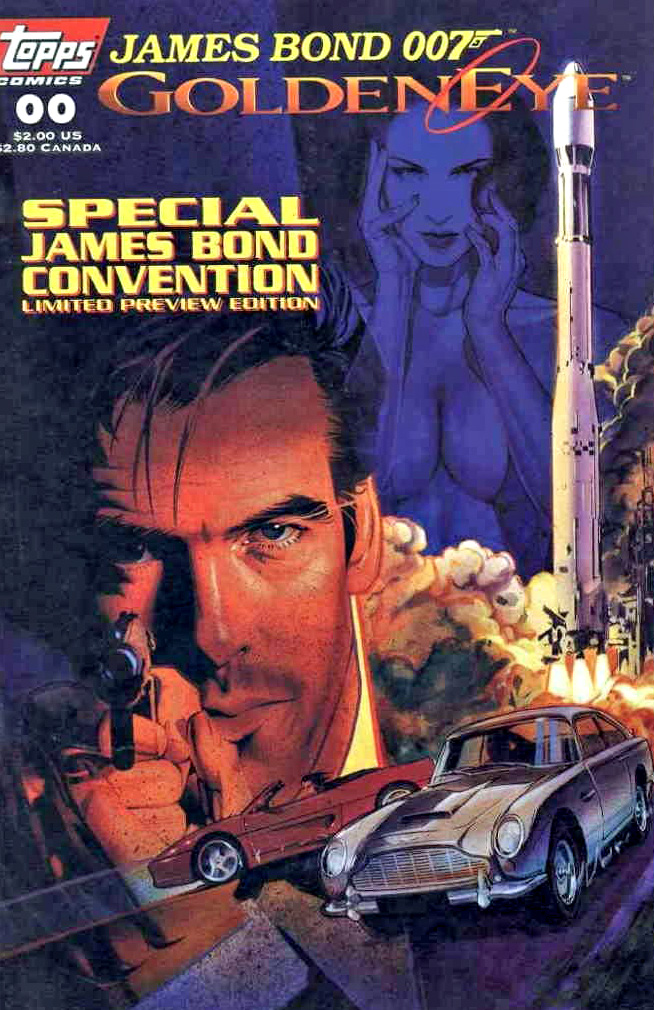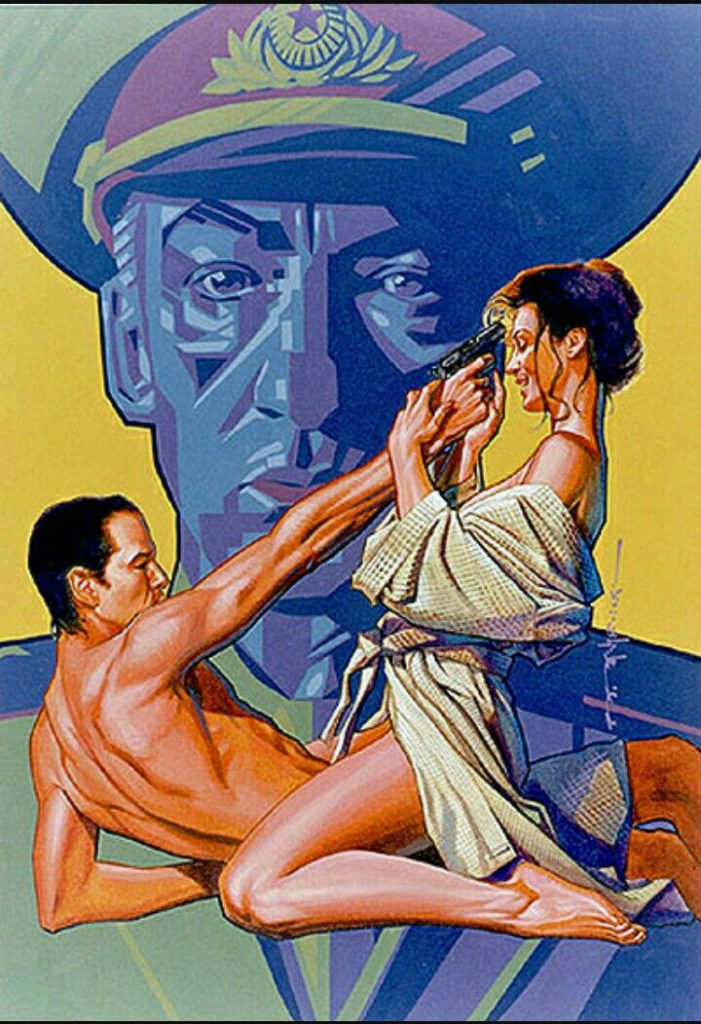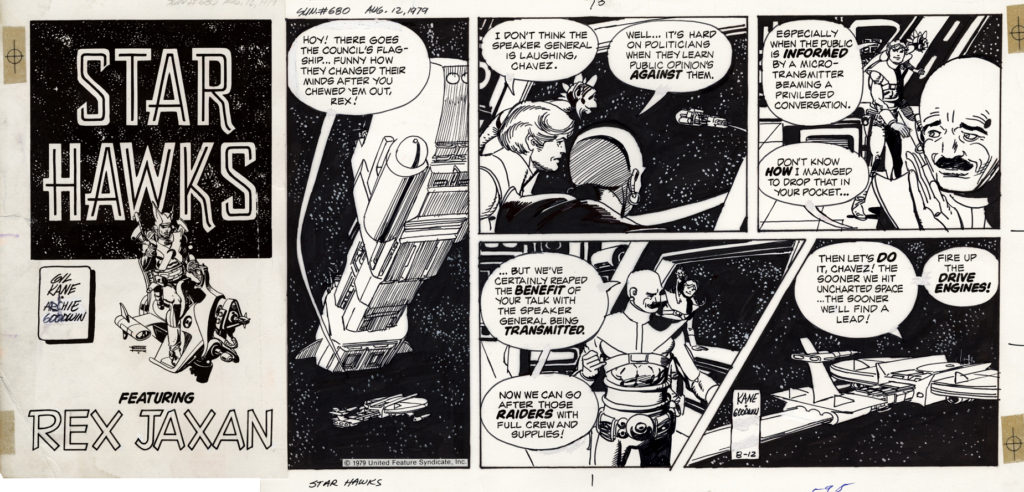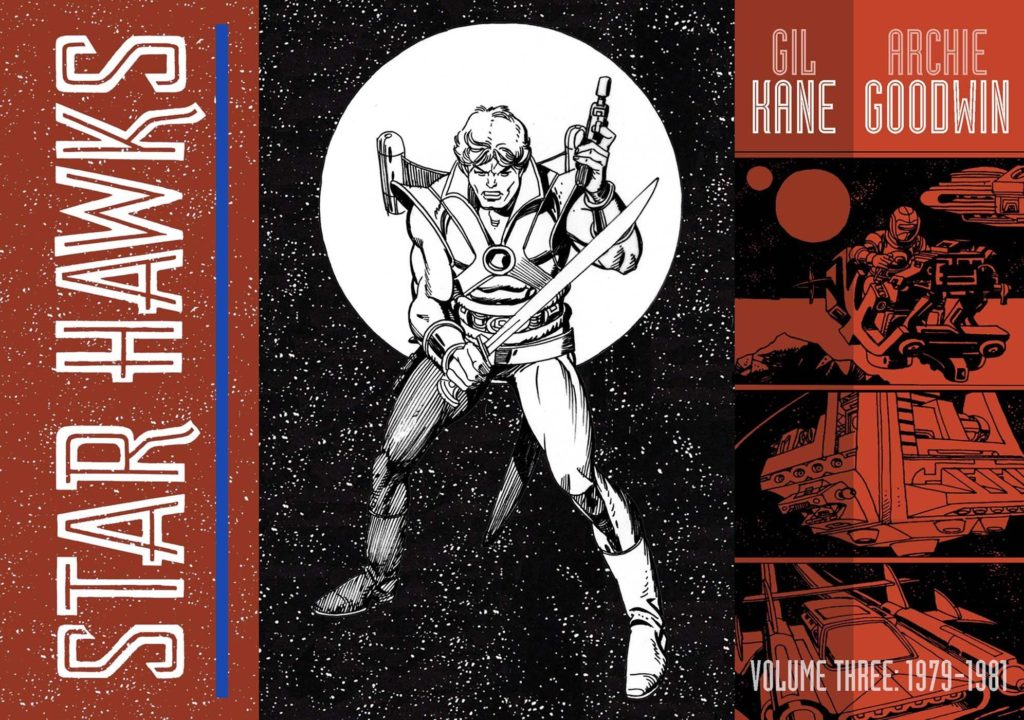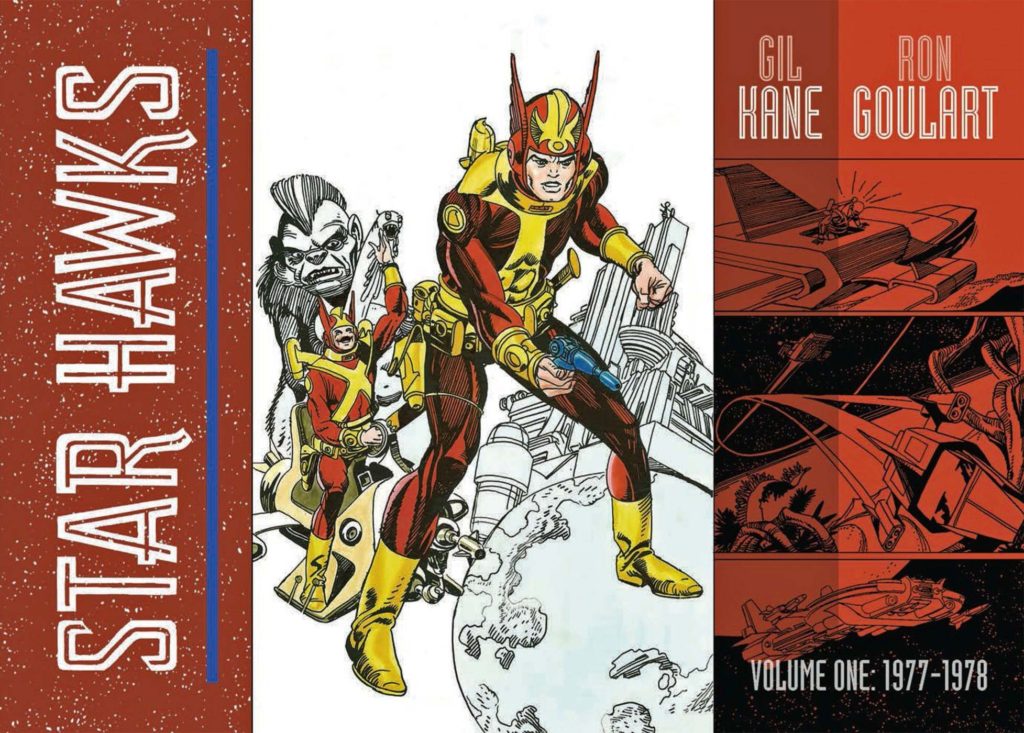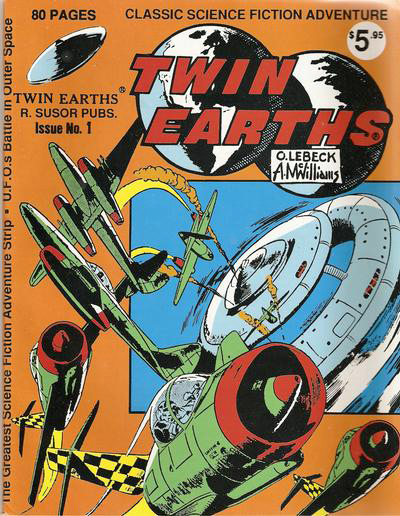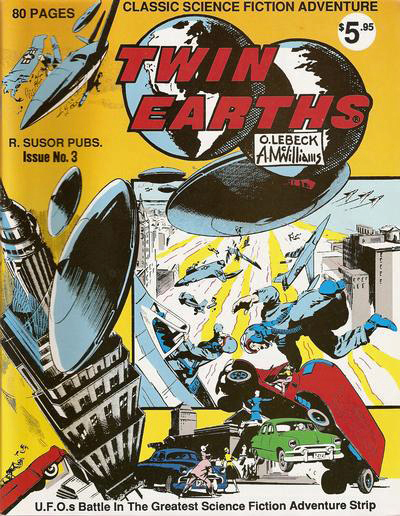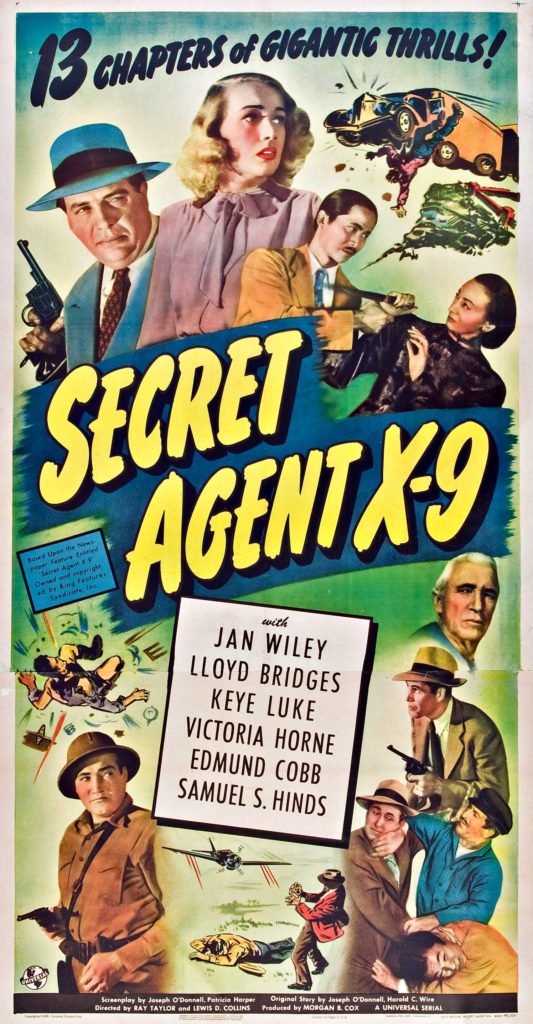Dan DeCarlo — Iconic (Part 1)
Archie Giant Series #153, Original Pin-up, reworked for cover, June 1968
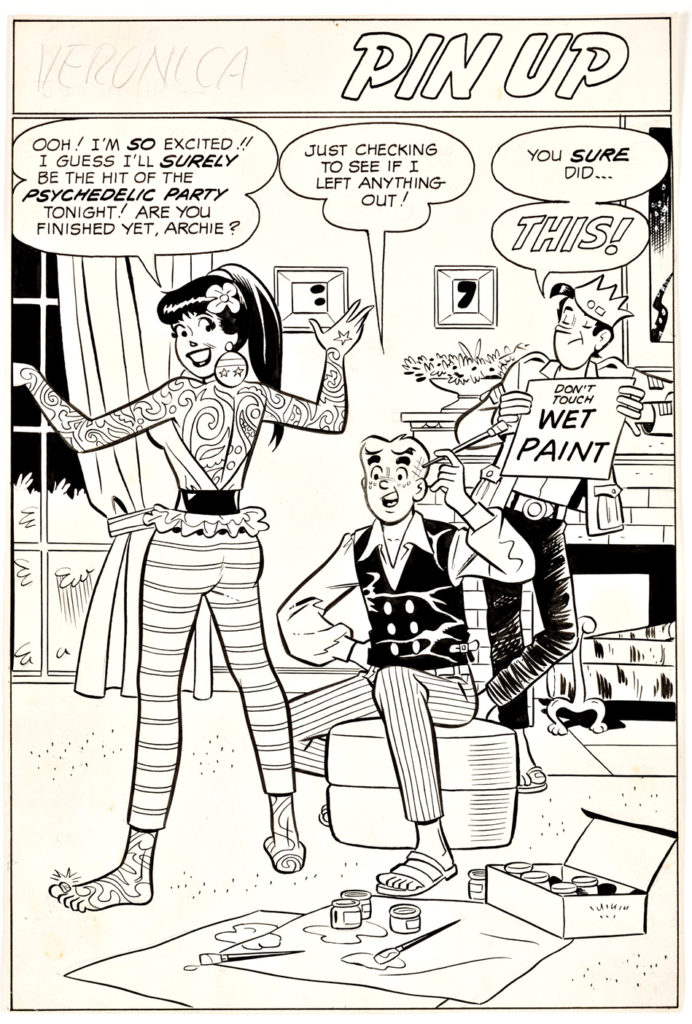
Archie and his gang fully hit their stride with the baby boom generation, and no one was more responsible for that than cartoonist Dan DeCarlo.
Bob Montana created the original appearance of the gang, and DeCarlo modernized it — and never stopped tweaking the appearance (he had a very keen eye for fashion) and the personalities of the beloved characters for more than forty years.
I loved Montana’s work — I even edited a hardcover collection of Montana strips — but DeCarlo’s clear and expressive art fully imprinted on my young reading eyes in the 60s and 70s.
So… to continue Archie’s 80thcelebration, we’ll feature just the tip of the iceberg of Dan’s great work this week.
And we will start with a fun anomaly: A gag that was redesigned — and rewritten — before it morphed from a pin-up page to a full cover.
Which one works better? I think I can come up with pros and cons for each, although from a comics code perspective, it’s possible the published cover might be slightly more acceptable than the original. It’s a bit more open to the imagination as to whether Archie is painting Veronica’s shirt — or her actual body.
In the unpublished version, it’s pretty much a no-brainer.
